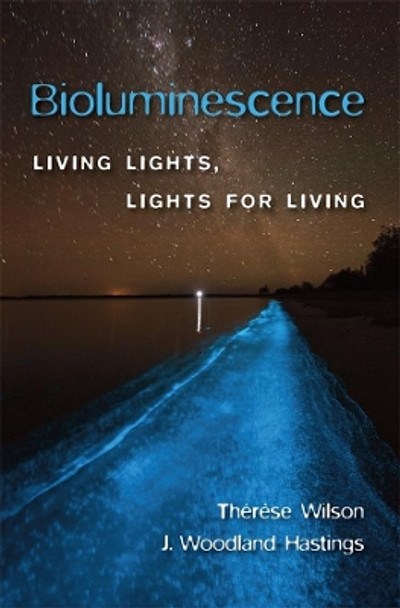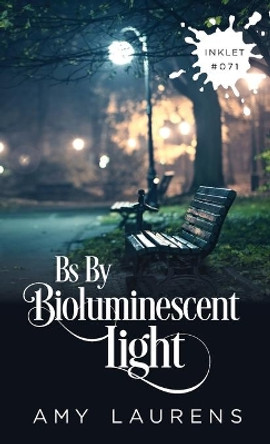Description
Bioluminescence is everywhere on earth-most of all in the ocean, from angler fish in the depths to the flashing of dinoflagellates at the surface. Here, Therese Wilson and Woody Hastings explore the natural history, evolution, and biochemistry of the diverse array of organisms that emit light.
While some bacteria, mushrooms, and invertebrates, as well as fish, are bioluminescent, other vertebrates and plants are not. The sporadic distribution and paucity of luminous forms calls for explanation, as does the fact that unrelated groups evolved completely different biochemical pathways to luminescence. The authors explore the hypothesis that many different luciferase systems arose in the early evolution of life because of their ability to remove oxygen, which was toxic to life when it first appeared on earth. As oxygen became abundant and bioluminescence was no longer adequate for oxygen removal, other antioxidant mechanisms evolved and most luminous species became extinct. Those light-emitting species that avoided extinction evolved uses with survival value for the light itself. Today's luminous organisms use bioluminescence for defense from predators, for their own predatory purposes, or for communication in sexual courtship.
Bioluminescence was earlier viewed as a fascinating feature of the living world, but one whose study seemed unlikely to contribute in any practical way. Today, bioluminescence is no longer an esoteric area of research. Applications are numerous, ranging from the rapid detection of microbial contamination in beef and water, to finding the location of cancer cells, to working out circuitry in the brain.
This book is a wonderful introduction to the world of bioluminescent organisms, from bacteria to fungi and animals, through to the technological discoveries and developments for which bioluminescence has been pivotal. Hastings and Wilson are certainly the individuals to bring the whole field together. -- Margaret McFall-Ngai, University of Wisconsin-Madison Wilson and Hastings have given us a masterful biology lesson showing how addressing a seemingly simple question-how do different organisms produce light?-leads to fascinating natural history, intriguing ecology, and exciting biochemistry. They show how the study of bioluminescence has given us new tools, new insights, and new questions that need to be answered. -- Martin Chalfie, winner of the 2008 Nobel Prize in Chemistry Wilson and Hastings demonstrate that what appears on the surface to be a biological oddity is actually a marvelous entry port into examining the intricacies of biochemistry as molded by evolution. I found this book absolutely captivating. -- Jim Morin, Professor of Ecology and Evolutionary Biology, Cornell University
About the Author
Therese Wilson (1925-2014) was Senior Research Associate Emerita in the Department of Molecular and Cellular Biology at Harvard University. J. Woodland Hastings (1927-2014) was Paul C. Mangelsdorf Research Professor of Natural Sciences in the Department of Molecular and Cellular Biology at Harvard University.
Reviews
Wilson and Hastings provide an exceptional, scholarly, clear treatment of bioluminescence. -- J. N. Muzio * Choice *
Wilson and Hastings have given us a masterful biology lesson showing how addressing a seemingly simple question-how do different organisms produce light?-leads to fascinating natural history, intriguing ecology, and exciting biochemistry. They show how the study of bioluminescence has given us new tools, new insights, and new questions that need to be answered. -- Martin Chalfie, winner of the 2008 Nobel Prize in Chemistry
Wilson and Hastings demonstrate that what appears on the surface to be a biological oddity is actually a marvelous entry port into examining the intricacies of biochemistry as molded by evolution. I found this book absolutely captivating. -- Jim Morin, Professor of Ecology and Evolutionary Biology, Cornell University
This book is a wonderful introduction to the world of bioluminescent organisms, from bacteria to fungi and animals, through to the technological discoveries and developments for which bioluminescence has been pivotal. Wilson and Hastings are certainly the individuals to bring the whole field together. -- Margaret McFall-Ngai, University of Wisconsin-Madison
Book Information
ISBN 9780674067165
Author Therese Wilson
Format Hardback
Page Count 208
Imprint Harvard University Press
Publisher Harvard University Press





